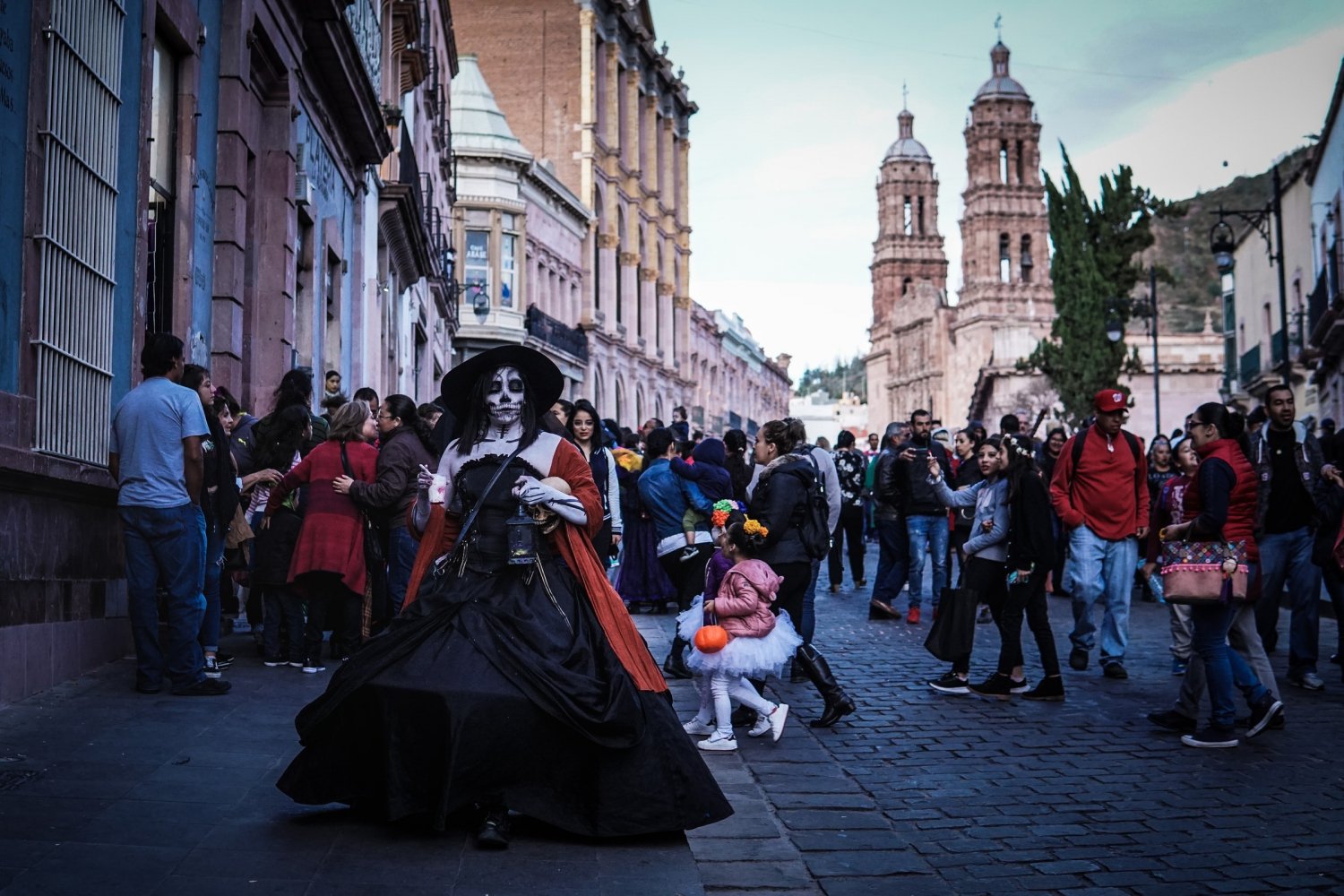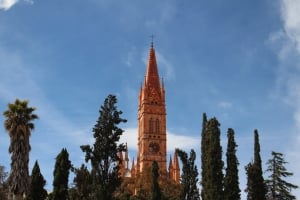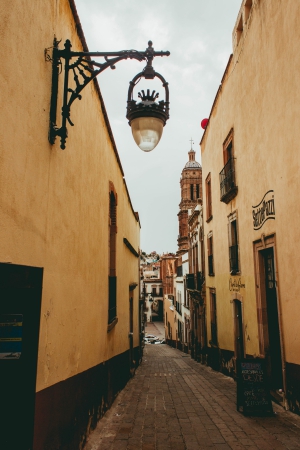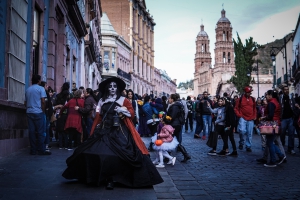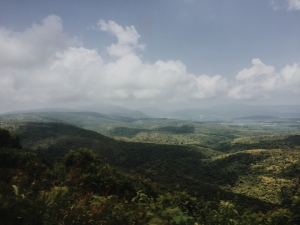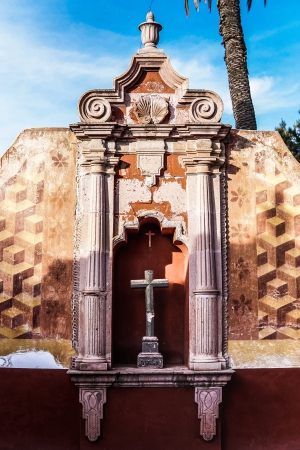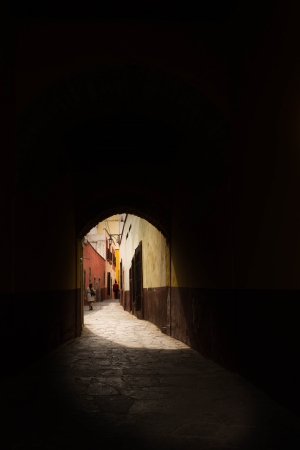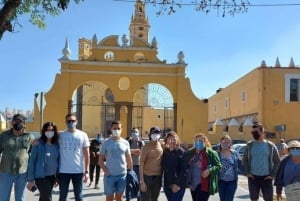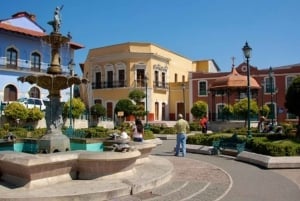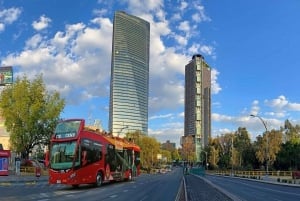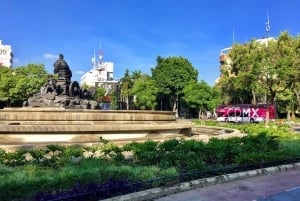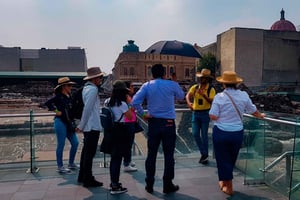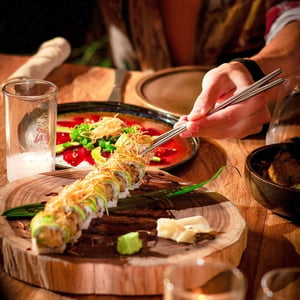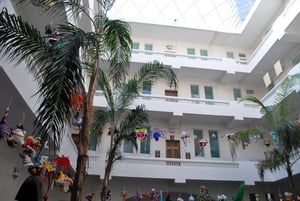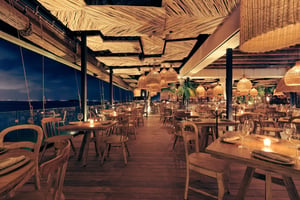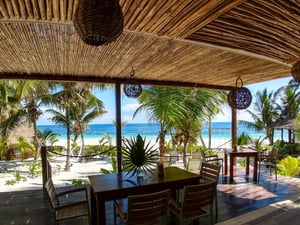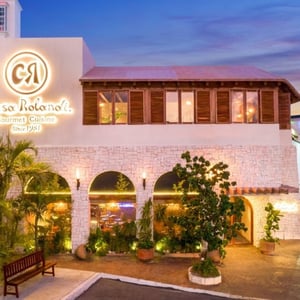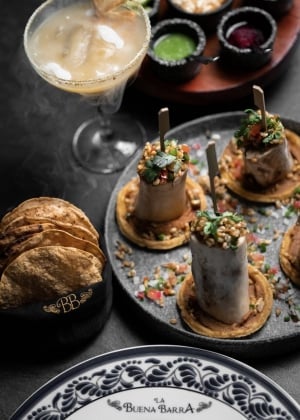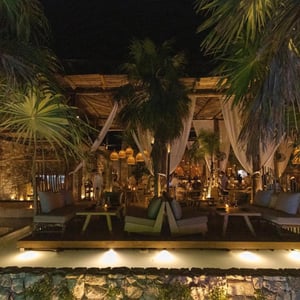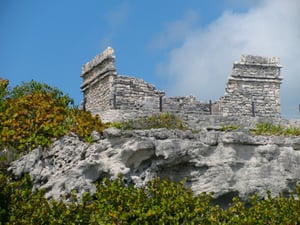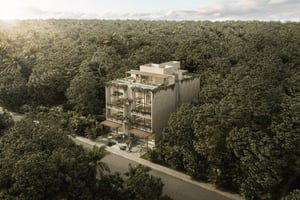Zacatecas
It is known for its vast deposits of silver and other minerals, its colonial architecture, and its importance during the Mexican Revolution.
Zacatecas is one of the thirty-one states with Mexico City that make up Mexico. It was founded on 23 December 1588. It is divided into 58 municipalities, the capital of which is the most populous city of Zacatecas.
This city was important for colonization, as it was an important point on the route to the northern territories of New Spain. Its main economic activities include mining, agriculture, and tourism. It is known for its vast deposits of silver and other minerals, its colonial architecture, and its importance during the Mexican Revolution.
Among its most important cities are Jerez de García Salinas, Fresnillo de González Echeverría, Río Grande, Guadalupe, Sombrerete, Nochistlán and Calera.
It is located in the central-north part of the country, bordering Coahuila to the north, Nuevo León to the northeast, San Luis Potosí to the east, Guanajuato, Jalisco and Aguascalientes to the south, Nayarit to the southwest, and Durango to the west.
Relief:
The state is located in the north of Mexico, specifically in the Central Plateau of Mexico, which includes the states of Zacatecas, Durango, Chihuahua and part of Coahuila; between Sierra Madre Oriental and Sierra Madre Occidental, there are some plateaus with a maximum altitude of 2,850 meters above sea level, such as Cerro La Aguililla, to the west and southwest.
The Sierra Madre Occidental is the main mountain range across the state. The highest elevation is the Sierra El Astillero at an altitude of 3,200 meters above sea level, followed by the Sierra de Sombrerete at 3,100 meters and the Sierra Fría at 3,030 meters.
Flora and Fauna:
The vegetation of Zacatecas is very diverse. Mixed pine and oak forests are found in the mountains; the trees remain green all year round. Arid and semi-desert regions are also home to a large number of plants, such as cacti. There are abundant mezquites, governors, huisaches, nopals, lechuguillas, guayules, and grasslands in the plains and valleys.
Mountain fauna includes white-tailed deer and hares; coyotes, badgers, quails, and ducks are often found in the plains and valleys. Other animals in the region include rattlesnake, chirrioneros, alicantre, kangaroo rat, field mouse, bobcat, bats, eagle, wild turkey, mole, gopher, dwarf macaw, and green macaw. Zacatecas is the state of the country where there are more specimens of the golden eagle, the national symbol of Mexico.
Culture:
In Mexico, official commemorations such as the Anniversary of Mexico's Independence (September 16), Day of the Dead, the Anniversary of the Mexican Revolution, are celebrated. The representations of the Via Crucis and the crucifixion are held at Easter.
The festivals and fairs in the interior of the state are mainly to celebrate the patron saint.
You can see well-known dances in these festivities, such as Mexicapan, major crafts such as silverware, ceramics and pottery, quarry carving, textiles, saddlery and pita, and lechuguilla work. The famous "corrido" and choral music, as musical expressions.
Gastronomy
The gastronomy of Zacatecas is wide and varied, it is a cuisine rich in flavors and aromas, based mainly on products such as meats, corn, chili, tomatoes, fruit and beans, birria, and basket tacos.
-
Wedding roast (Asado de bodas).
-
Menudo.
-
Enchiladas.
-
Gorditas stuffed with stews (Gorditas rellenas de guisados).
-
Marinated meat.
-
Gorditas with chili and butter (born during the Revolution).
Regarding desserts, the following stand out:
-
Jerez cocadas (Cocadas jerezanas).
-
Marshmallows (Melcochas).
-
Ates (sweet guava and quince paste).
-
Milk ham (Jamoncillos de leche).
-
Prickly pear honey (Miel de tuna).
-
Sweet potato sweets (Dulces de camote).
-
Biznaga.
-
Chilacayote.
-
Pumpkin (Calazaba).
-
Capirotada (During Lent).
Viticulture:
As one of Mexico's most important grape producers, the state developed an important wine culture from the 1970s onwards.
All the wines have been going through French and American oak barrels for 12 months. The winery has become the most prolific in the state and has won more than twelve awards for its wines.
The state wine-growing area includes the municipalities of Trancoso, Jerez, Fresnillo and Ojocaliente. Among the grapes produced there are varieties such as Chenin Blanc, Ugni Blanc, Traminer, Málaga, Ruby Cabernet, Petit Syrah, Merlot, and Tempranillo.


